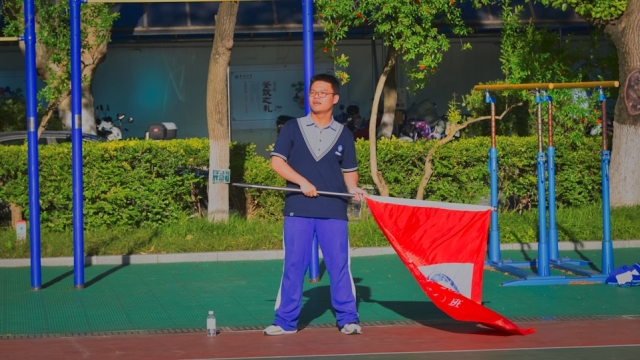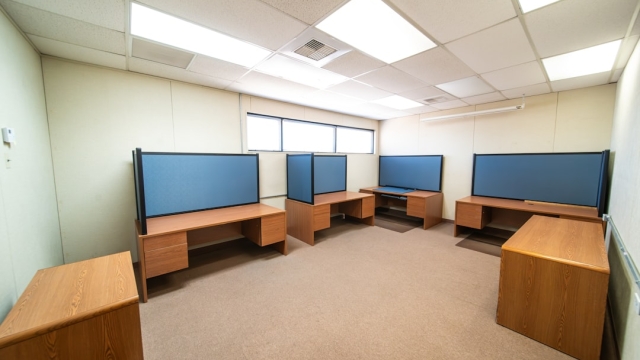Padel, a racquet sport that combines elements of tennis and squash, has been gaining significant popularity in various parts of the world. Its engaging gameplay and social aspects make it appealing to players of all ages. As more enthusiasts seek to enjoy this sport, the demand for dedicated facilities has risen, making padel court planning an essential consideration for clubs, communities, and private individuals alike. This article will guide you through the key aspects of planning a padel court, focusing on dimensions, materials, construction techniques, and regulatory considerations.
Essential Dimensions and Layout for a Padel Court
When embarking on the journey of planning a padel court, understanding the required dimensions is critical. A standard padel court measures 20 meters in length and 10 meters in width. The layout includes a service box, which is 6.95 meters long, and a net that divides the court into two equal halves. The height of the net is 0.88 meters at the center, rising to 0.92 meters at the posts. Additionally, the court should be enclosed by glass and/or solid walls to ensure the ball remains in play, providing an engaging experience for players.
Space around the court is also vital for safety and movement. Ideally, a buffer zone of at least 2 meters should surround the court to allow players to move freely without risk of injury. When planning a padel court, consider the overall layout and positioning to maximize visibility and accessibility for both players and spectators.
Materials and Construction Techniques for Durability and Performance
The materials chosen for constructing a padel court play a significant role in its overall performance and longevity. The playing surface is typically made of artificial grass, which provides a suitable balance of traction and comfort for players. High-quality turf should be used to ensure durability and minimize maintenance needs over time.
In addition to the playing surface, the court’s frame and walls are crucial. Steel or aluminum structures are commonly used for their strength and resistance to the elements. Glass panels, often used for the walls, should be tempered for safety and durability, ensuring they can withstand the impact of the ball and players without breaking easily.
Drainage is another essential aspect of construction. A well-planned drainage system will prevent water accumulation on the court, keeping the surface playable in various weather conditions. Investing in quality construction techniques and materials will enhance the court’s performance and ensure it remains a reliable facility for years to come.
Regulatory Considerations and Permits for Building a Padel Court
Before starting construction on a padel court, it is crucial to understand and comply with local regulations and permit requirements. These regulations may vary based on location, so consulting with local authorities or a legal expert in sports facility development is advisable. Common considerations include zoning laws, land use regulations, and safety standards.
Some regions may require specific permits for building sports facilities, which can include environmental assessments if the construction impacts local wildlife or ecosystems. It is essential to factor in time for obtaining these permits into your planning timeline, as delays can occur if additional documentation or assessments are needed.
Additionally, consider the potential need for fencing, lighting, and spectator seating, as these features may also be subject to regulatory approval. Engaging in thorough padel court planning will help ensure a smooth construction process and a successful facility that meets all legal requirements.
In conclusion, effective padel court planning involves understanding the essential dimensions, choosing appropriate materials, and navigating regulatory requirements. By focusing on these core aspects, you can create a high-quality facility that serves both players and the community well. For more detailed resources and expert guidance on constructing a padel court, you can visit Mondo Padel, where you will find valuable insights to support your planning efforts.






